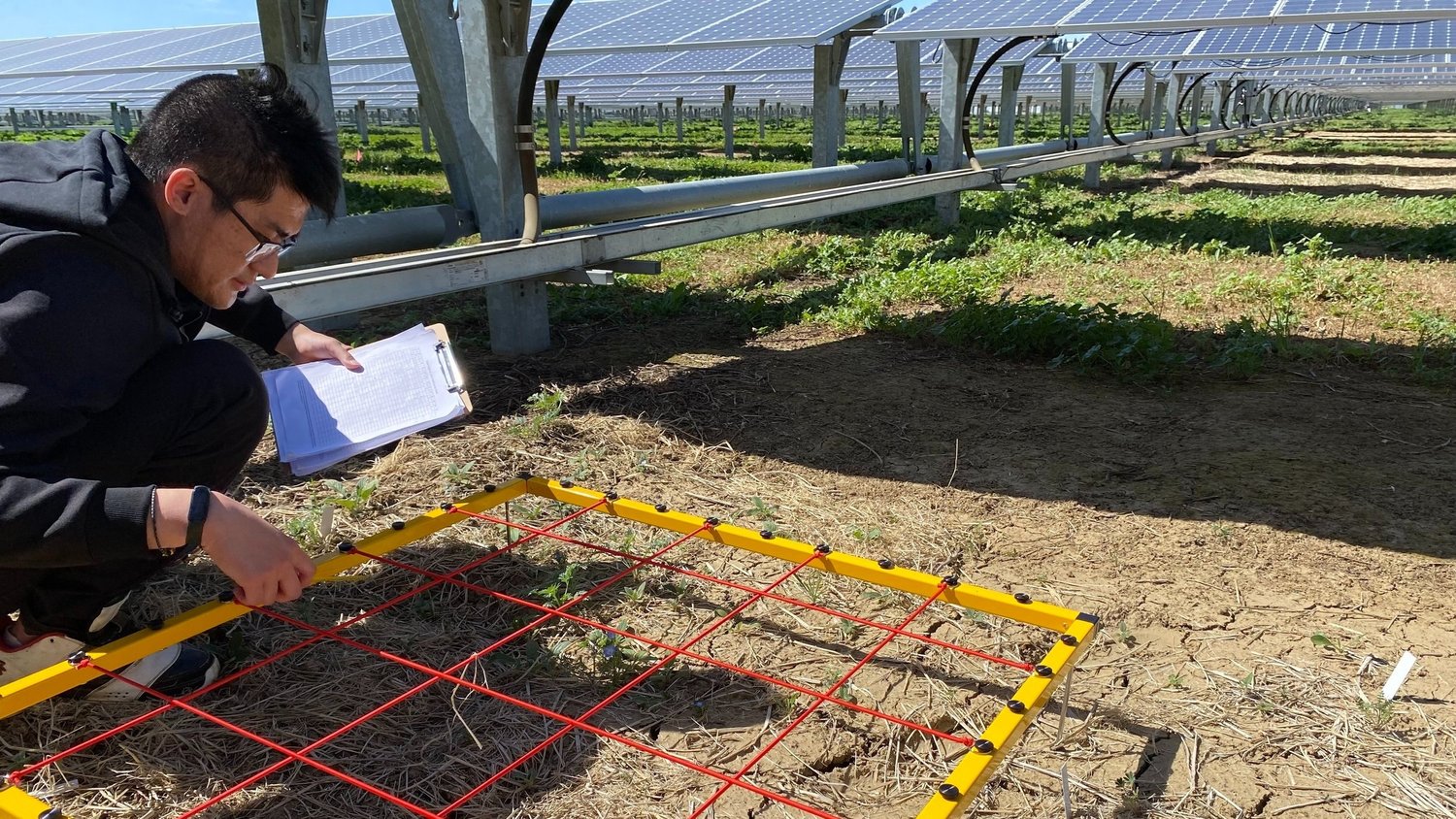
As temperatures warm and weather becomes more variable, it's possible these shaded micro-patches could provide a refuge for certain species.
A new study from the UC Davis Wild Energy Center examines how solar installations influence microclimates and plant growth on former agricultural land. Researchers spent a year collecting data at the UC Davis “Solar Farm,” a 16-megawatt ground-mounted solar power plant owned by university and located immediately south of campus.
The study found that rotating solar panels create distinct vegetation patches, with some areas cooler due to periodic shading. These shaded micro-patches could serve as important refuges for certain species as temperatures rise and weather patterns become more variable. The findings may also have implications for solar grazing operations, as animals like sheep could prefer cooler areas beneath panels.
The study also provides insights into vegetation management on solar sites, where non-native species—making up 86% of the observed plants—dominate. Researchers found that solar panel interspaces exposed to full sun tend to support taller plant growth due to increased photosynthetic radiation. The results suggest that land managers could benefit from seasonal vegetation maintenance, such as trimming in peak growth months and manual removal of plant litter in the fall to mitigate fire risk. The study underscores the need for thoughtful land management practices, including sowing native plants to compete with invasive species.

